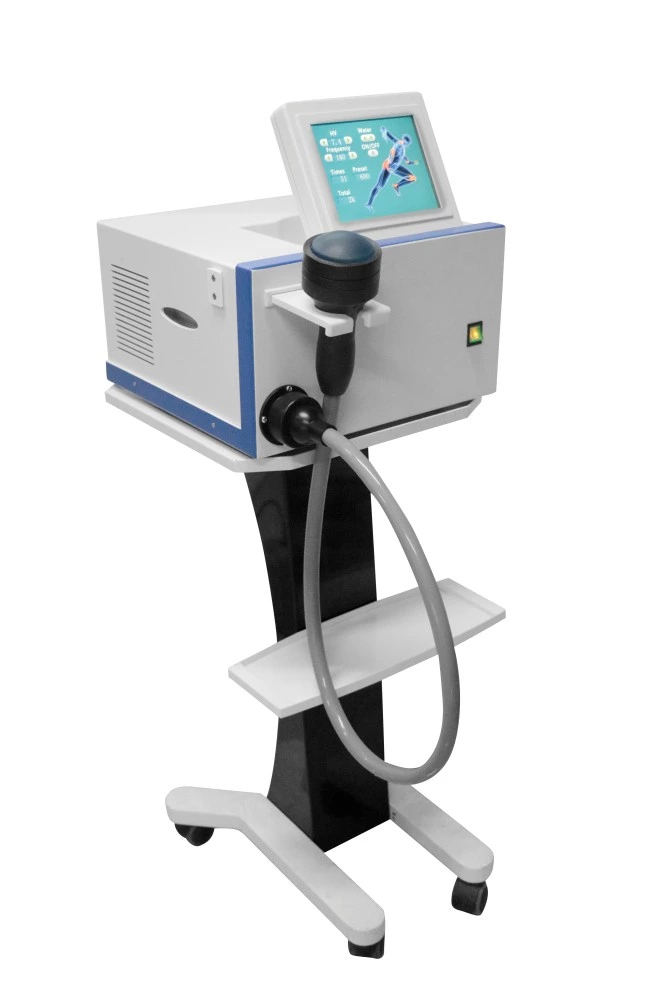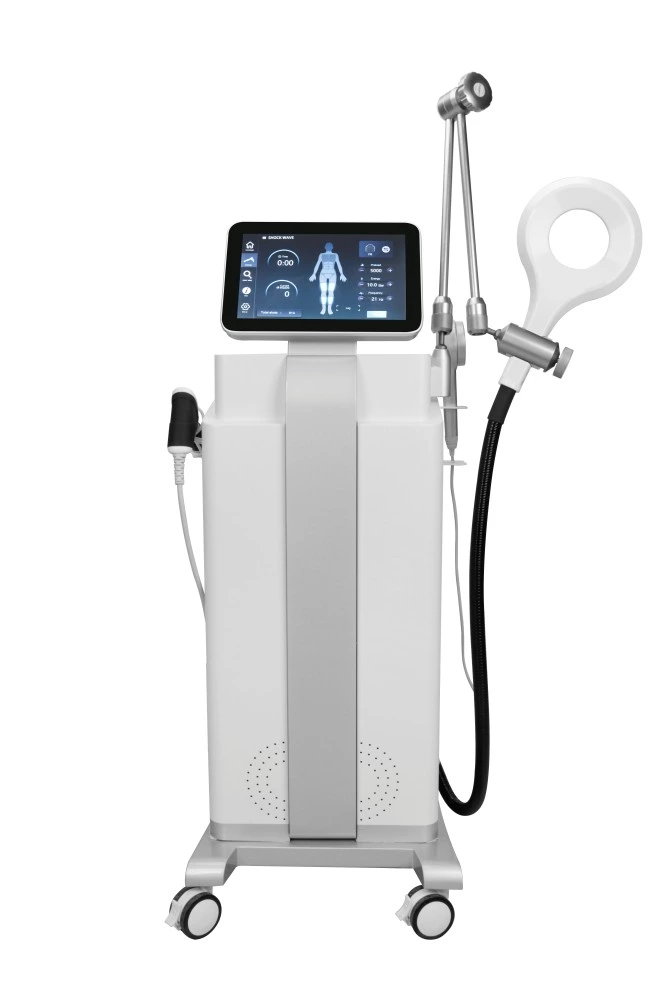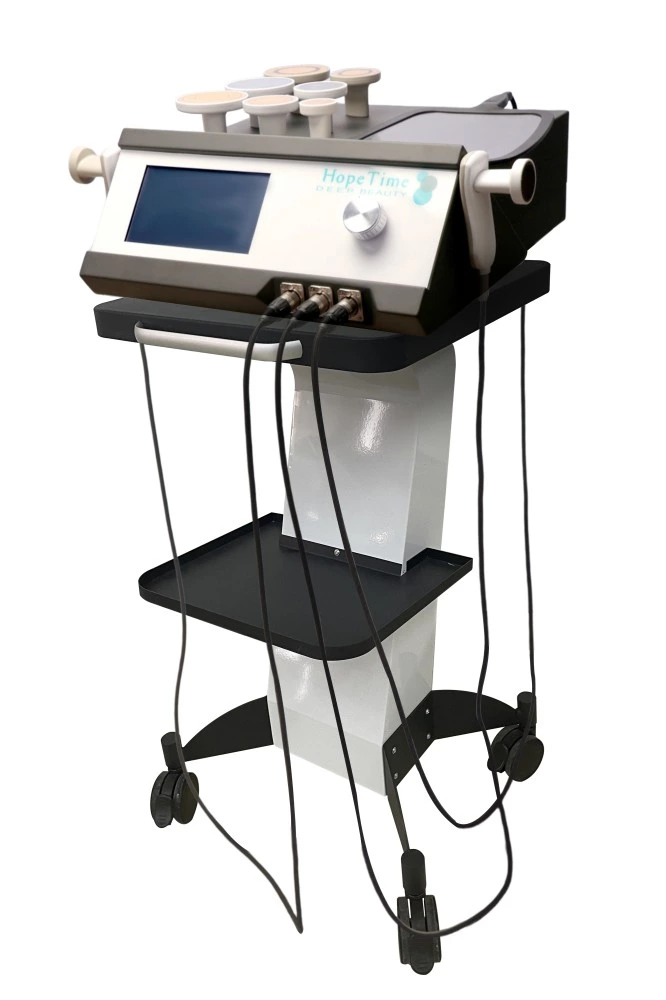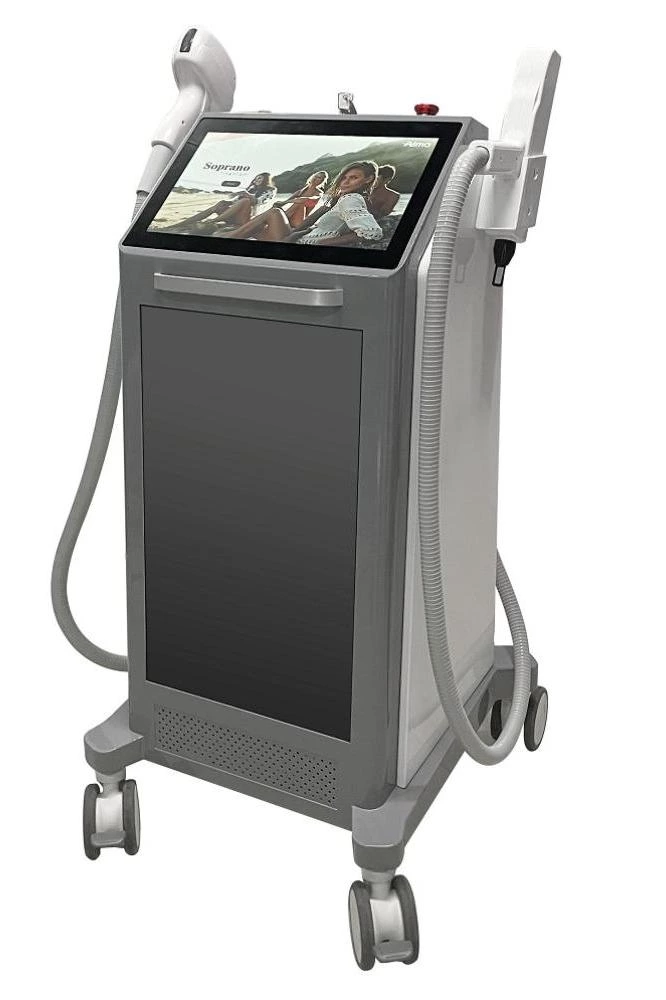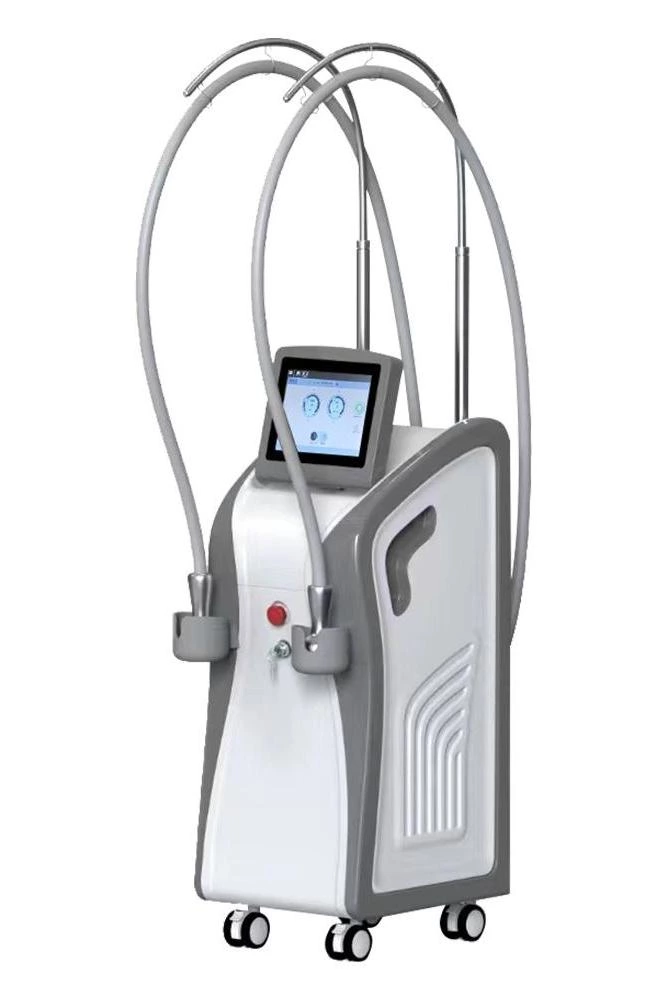Choose MBS - Professional Physio & Aesthetic Manufacturer
- ✔ OEM / ODM Customized Service
- ✔ R&D Ability , Far Ahead the Market
- ✔ Professional & Fast Respond 1 V 1 Service , Easy & Fast Communication
- ✔ Multiple Shipping Methods (DDP offered),Convenient & Fast & Safe
WHAT CAN WE CREATE?
13 STAGES OF YOUR PROJECT
1 Idea
The first stage of any project is the idea generation phase. It involves identifying a problem or opportunity that needs to be addressed. This could arise from market research, customer feedback, or internal brainstorming sessions. The goal is to come up with a concept that can meet a specific need or create value. During this stage, project stakeholders collaborate to define the project's objectives, scope, and feasibility.
2 Design
The design phase is where the visualization and appearance of the future device are created. Designers focus on aesthetics, proportions, colors, and finishes to create an attractive look for the product. It is important to consider the opinions and preferences of the target audience to ensure user satisfaction. The design phase is crucial in shaping the final look and the overall user experience of the device.

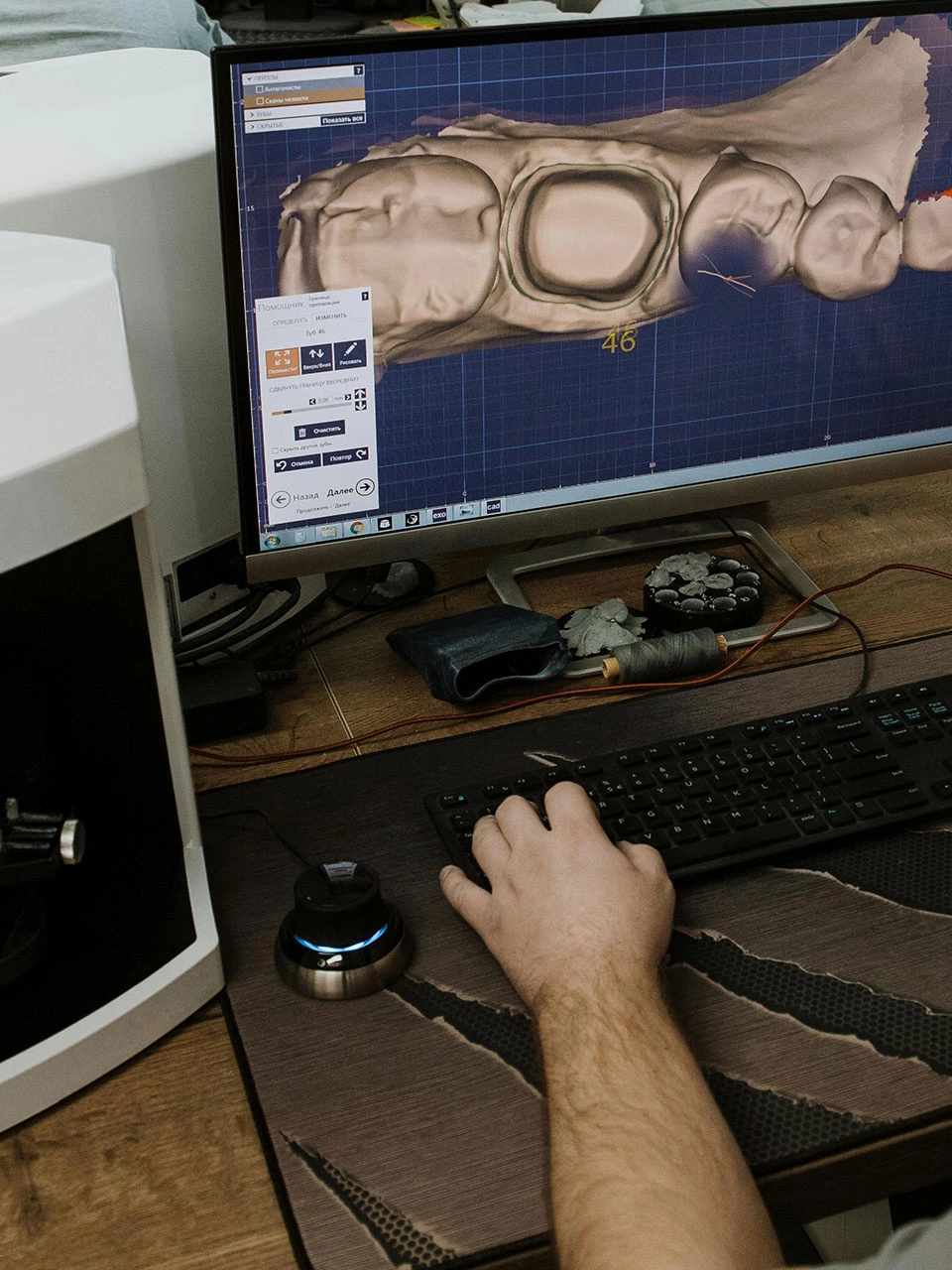
3 Development
The development stage is an extension of the design phase, where the initial concept is transformed into a practical and feasible design. Engineers and designers work on creating detailed blueprints, schematics, or prototypes based on the approved design. They focus on refining the technical aspects, ensuring that all components and systems work harmoniously. The development stage involves close collaboration between different teams and may require multiple iterations to achieve the desired outcome.
4 Documentation
Documentation is a critical stage in the project lifecycle. It involves creating comprehensive and detailed documentation that captures all aspects of the project. This includes technical specifications, design plans, user manuals, and other relevant documents. Proper documentation ensures that the project's progress, requirements, and processes are recorded for future reference, troubleshooting, and knowledge transfer.
5 Verification
Once the design and development stages are complete, the project moves into the verification phase. Here, the project team conducts rigorous testing and analysis to verify that the design meets the specified requirements and standards. This may involve conducting simulations, performing tests on prototypes, or using specialized software tools. The verification stage ensures that the project's design is robust, reliable, and capable of meeting the intended objectives.
6 Prototype
The prototype stage involves building a physical or functional model of the project. This allows clients to evaluate the design, test its functionality, and identify any potential issues or improvements. Prototypes can be used to gather feedback from users, investors, or other stakeholders. The prototype stage often involves multiple iterations as feedback is incorporated into the design.
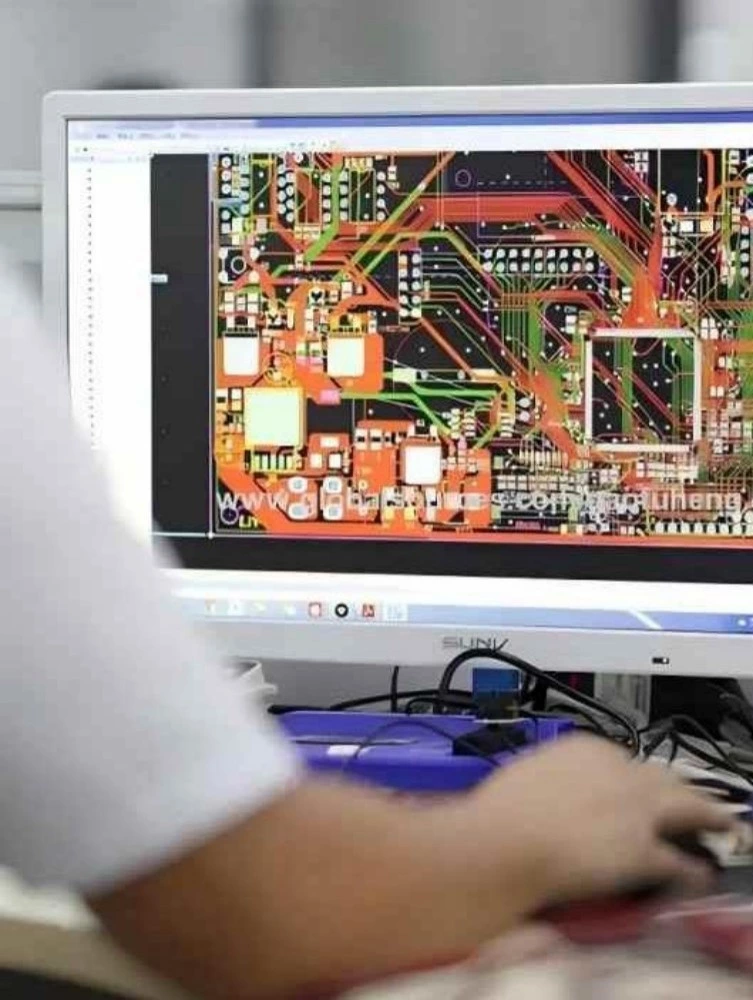
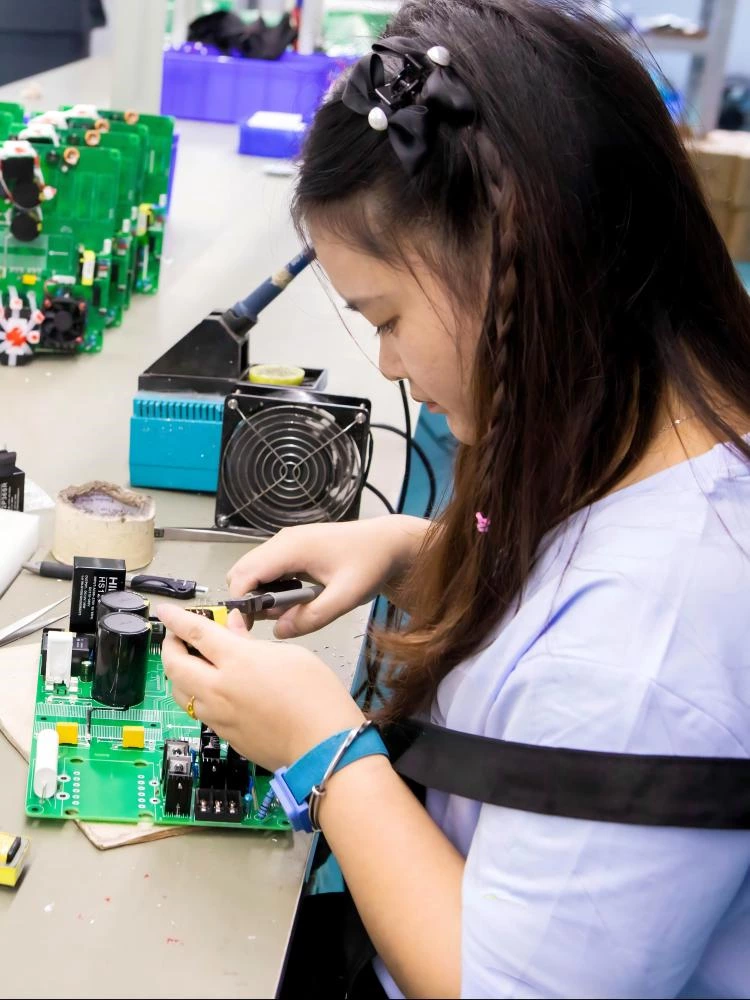
7 Validation
Once the prototype has been refined and tested, the project moves into the validation stage. This involves conducting extensive testing under real-world conditions to ensure that the project performs as intended and meets all requirements. Validation tests may include performance testing, user acceptance testing, and compatibility testing. The goal is to validate that the project is ready for production and meets the expectations of clients.
8 Certification
Depending on the nature of the project, certification may be required to ensure compliance with industry standards, regulations, or safety requirements. This stage involves obtaining the necessary certifications or approvals from relevant authorities or regulatory bodies. Certification ensures that the project meets the required quality standards and can be legally and safely deployed in the market.
9 Production Planning
With the design, verification, and validation stages completed, the project moves into production planning. This stage involves developing a detailed plan for manufacturing the project at scale. It includes determining the production process, selecting suppliers, estimating costs, and establishing timelines. Production planning ensures that all necessary resources and materials are available for manufacturing.
10 Manufacturing
The production process of devices focuses on the precise assembly of components and hardware integration. Assembly involves carefully placing and connecting individual parts to create complex devices. The production process also includes software installation and integration of various device elements. The entire process is closely monitored and controlled to ensure accuracy and high assembly quality. The use of appropriate tools and assembly techniques enables efficient and effective execution of these tasks.
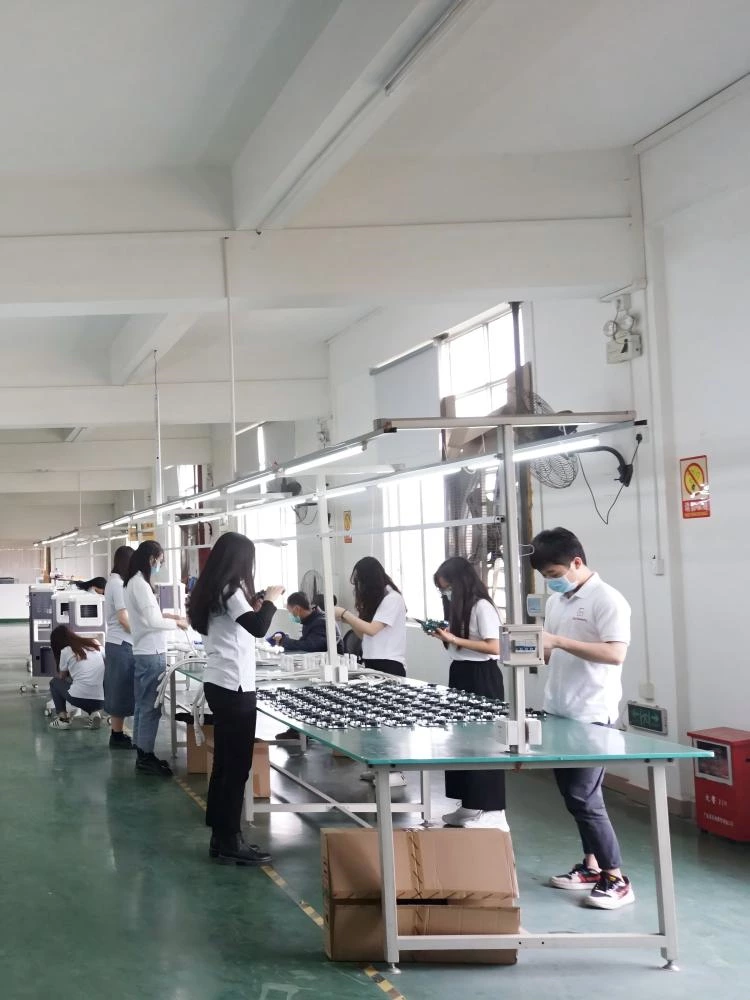
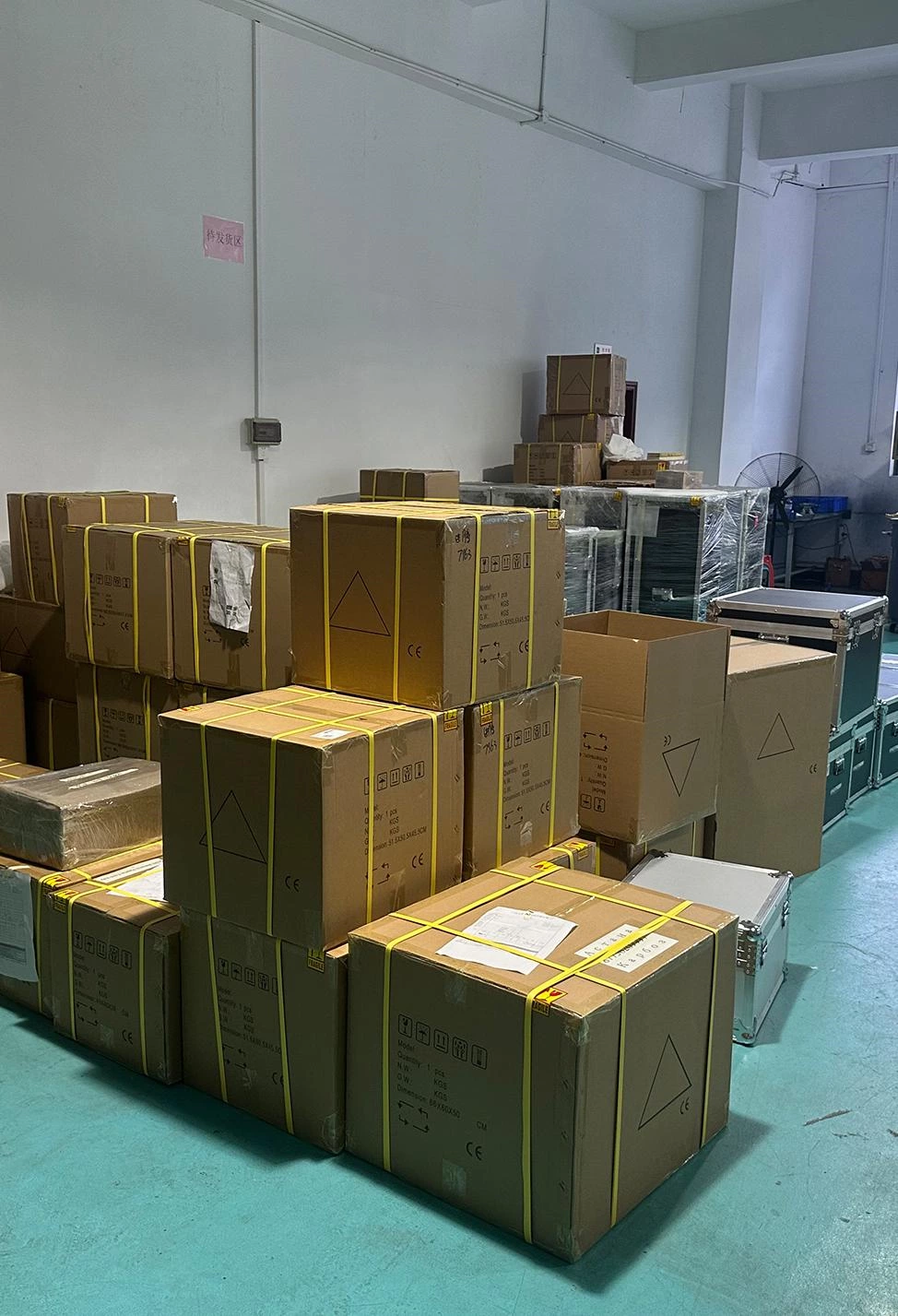
11 Quality Control
Quality control is an integral part of the project lifecycle. During this stage, rigorous quality checks and inspections are carried out to identify and rectify any defects or deviations from the desired specifications. Quality control may involve statistical analysis, inspections, and functional tests to ensure that the project meets the defined quality standards. This stage ensures that the final product is reliable, durable, and consistent with the approved design.
12 Packaging
Packaging is the process of preparing the project for distribution and sale. This stage involves designing and creating packaging materials that protect the project during transportation, storage, and display. The packaging may include boxes, labels, inserts, and other materials that provide information about the product and enhance its presentation. Proper packaging ensures that the project reaches customers in optimal condition and creates a positive impression
13 Shipping
The final stage of the project is shipping, which involves the transportation of the finished product to its intended destination. This may include coordinating with logistics partners, selecting appropriate shipping methods, and ensuring compliance with shipping regulations. Shipping also involves tracking and monitoring the project's journey to ensure timely and secure delivery. This stage completes the project lifecycle, as the product reaches the hands of customers or end-users.
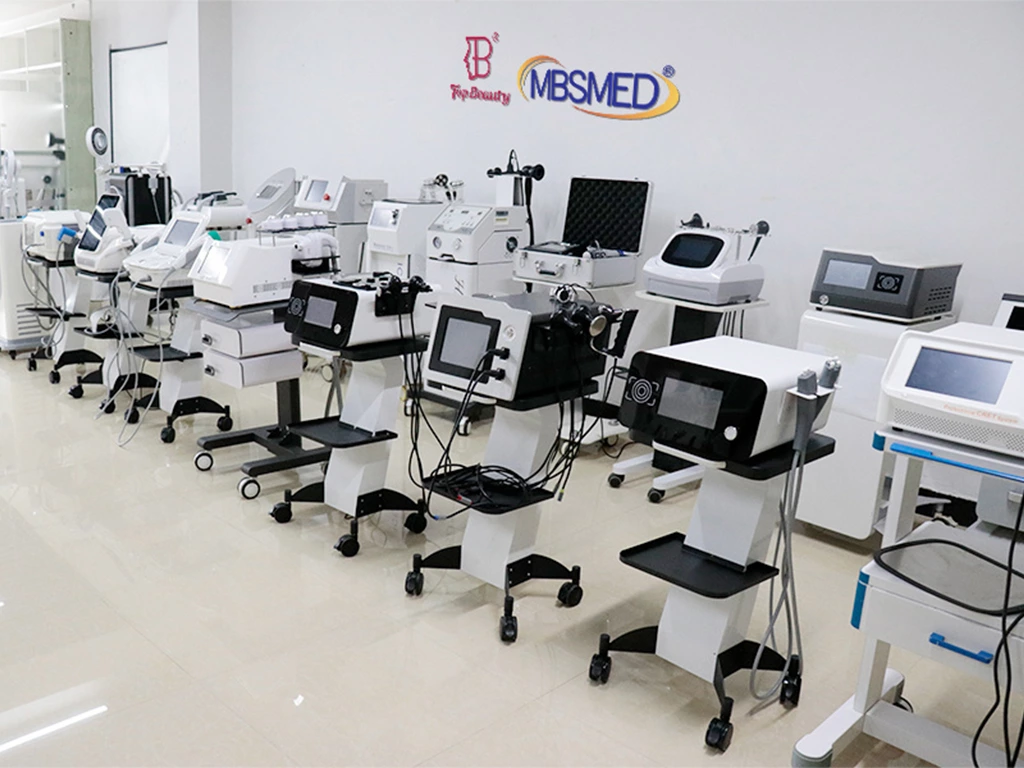
MBS MED | Your Trusted OEM/ODM Partner in Advanced Beauty Technology
We transform your aesthetic device concepts into market-ready products through our integrated development system:
1. Co-Creation Workshop
- 15-day rapid prototyping for RF/Cavitation/Laser systems
- Customized software architecture development
- Multi-ethnic skin parameter databases
2. Compliance-First Manufacturing
◈ CE/FDA Class II medical device production lines
◈ ISO 13485 certified cleanrooms (Class 8)
◈ Full QMS documentation support
3. Global Market Adaptation
- Voltage compliance: 100-240V AC auto-switching
- Multi-language interfaces (EN/ES/AR/RU)
- Regional safety certifications (KC/PSE/EAC)
4. Supported Technologies
- Body Contouring: RF/Cavitation/Vacuum
- Skin Rejuvenation: IPL/Laser/Microcurrent
- Wellness Tech: PEMF/Red Light Therapy
- Beauty Devices: Nano Spray/Ultrasonic
